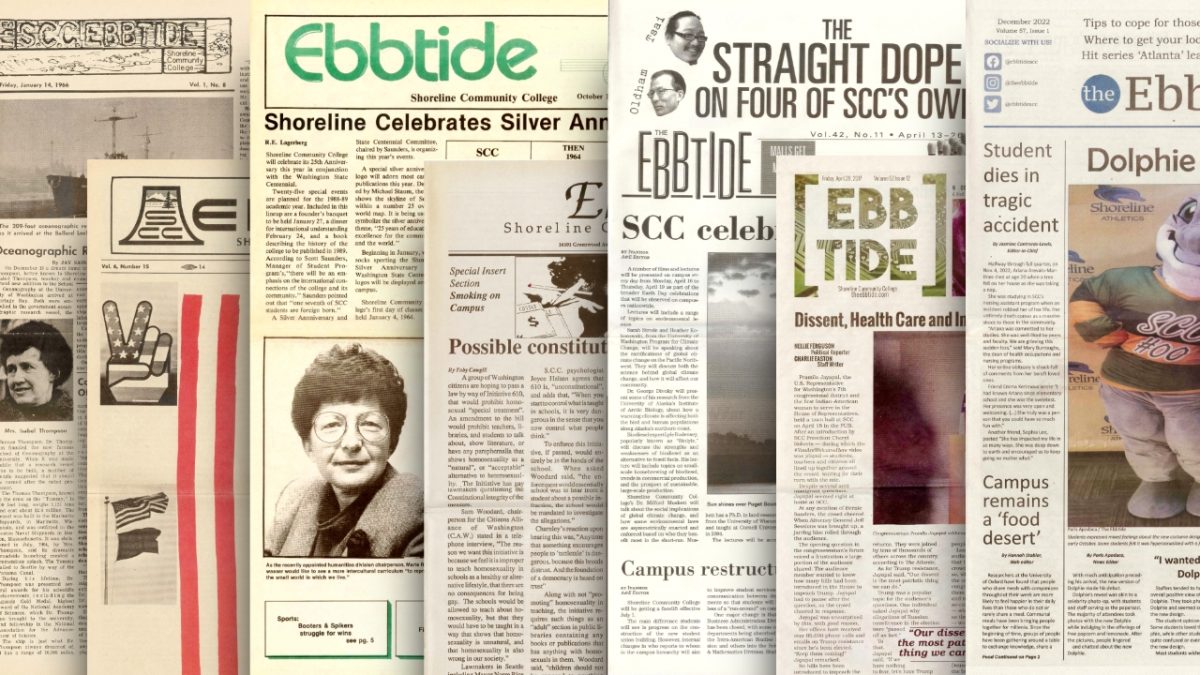Imagine if Game of Thrones was set in mythical, tribal Africa but every character was pansexual and had magical powers. Toss in a heavy dose of psychedelics and dial up the level of graphic sex and violence by a factor of ten.
Now, imagine Tim Burton edited the whole package. What you’re left with is a rough approximation of Marlon James’ latest novel, “Black Leopard Red Wolf,” which hit shelves late last year.
The first of a proposed trilogy, this fictional masterpiece is designed to leave the reader uncomfortable as it explores themes of gender, sexuality, violence, religion and family.
Plot and Style
The story is narrated by Tracker, a boy known for his ability to find anything by smell. We watch him grow up, leaving his home in the city, discovering sexuality and truths about his family that change his worldview.
The farther Tracker moves from the relative safety of his home city, the more mystical his surroundings become. We join his voyage as beliefs are challenged and he is led to question what is real.
Stylistically, James packs Black Leopard Red Wolf with metaphor and layered meaning. James’ writing is often cryptic. He captures ideas rather than specific imagery, and paints broad pictures that leave the reader to fill in the detail.
On the flip side, he can also be achingly specific in his descriptions, drawing events in grizzly detail. He dwells on scenes writers would glance over that in most other books.
The Art of Controversy
The result of his contradictory writing style is an emphasis on moments in storytelling that most writers would not touch. To say this book should include a trigger warning is a vast understatement.
A side effect of the cryptic writing is that it could be difficult at times to discern what is happening in the story. Throughout, assumptions and metaphors create a web of unrelated imagery, and fictional creatures and places aren’t always explained in detail.
This contributes to a more conversational style of writing, with a heavy emphasis on dialogue, and forces the reader into Tracker’s shoes.
Time and Place
James is a master of magical realism. While the specific locations are all fictitious, the novel is grounded in enough reality and tradition that it creates a clear vision of the rainforests and savannas of Africa. Yet the existence of giants and witches and spirits is, to the characters, a regular and even expected occurrence.
Not only is the mystical normalized, so is sexuality. Characters discus sex with the same casuality that one might talk about the weather, and in rich detail.
The open nature of the conversation doesn’t mean there isn’t discrimination. The only difference is that it is addressed openly, and in a different context. Traditional rituals such as circumcision and female genital mutilation provide the basis for discussions about the legitimacy of cultural beliefs, what it is that defines gender, and what significance gender has.
James grew up in Jamaica, where same sex intercourse is illegal, which made him struggle with his own sexuality. His experience shows through in his writing, as Tracker comes to terms with his identity as an uncircumcised male, having never participated in the coming of age ritual.
Society
Women also play a very unique role in this novel. As both Witches and Sagomas (anti-witches), women are powerful agents of chaos. They exist in a perpetual power struggle between good and evil in ways that none of the male characters truly understand.
Despite the power some women have, within the novel patriarchy still reigns supreme. Themes such as polygamy and sexual slavery contribute to the character’s view of women as inferior, contradicting their unique power.
Social commentary, use of both vivid and blurry imagery, graphic violence, magical realism and the setting of African mysticism all make this unique book a fascinating and mind bending read.






